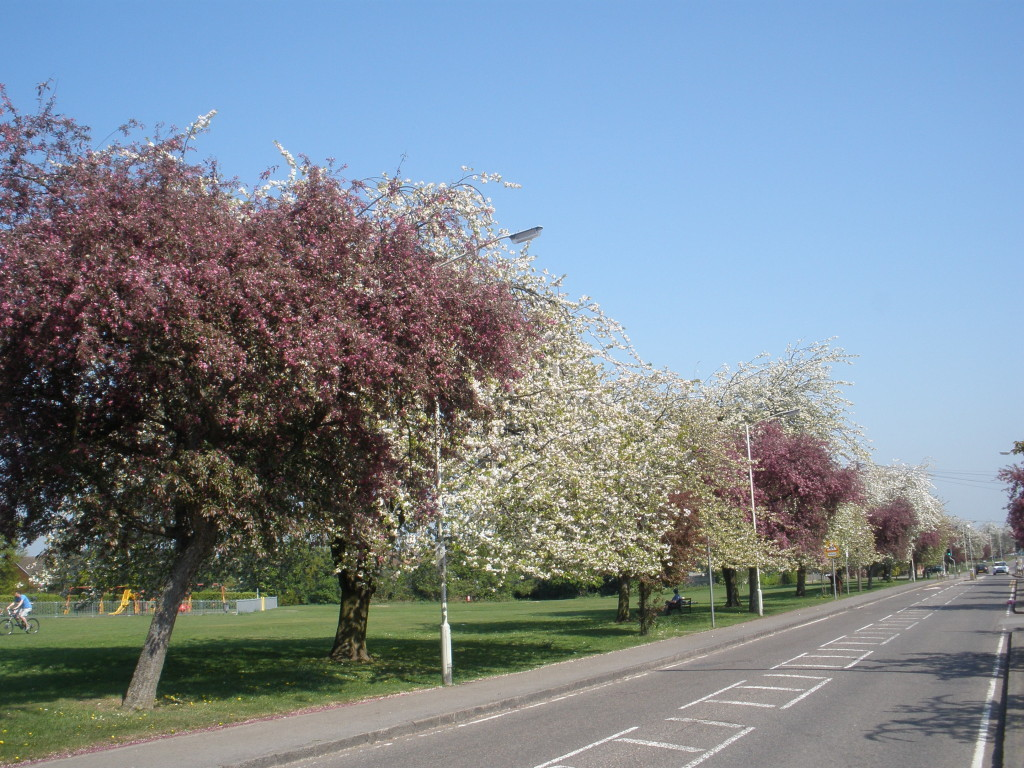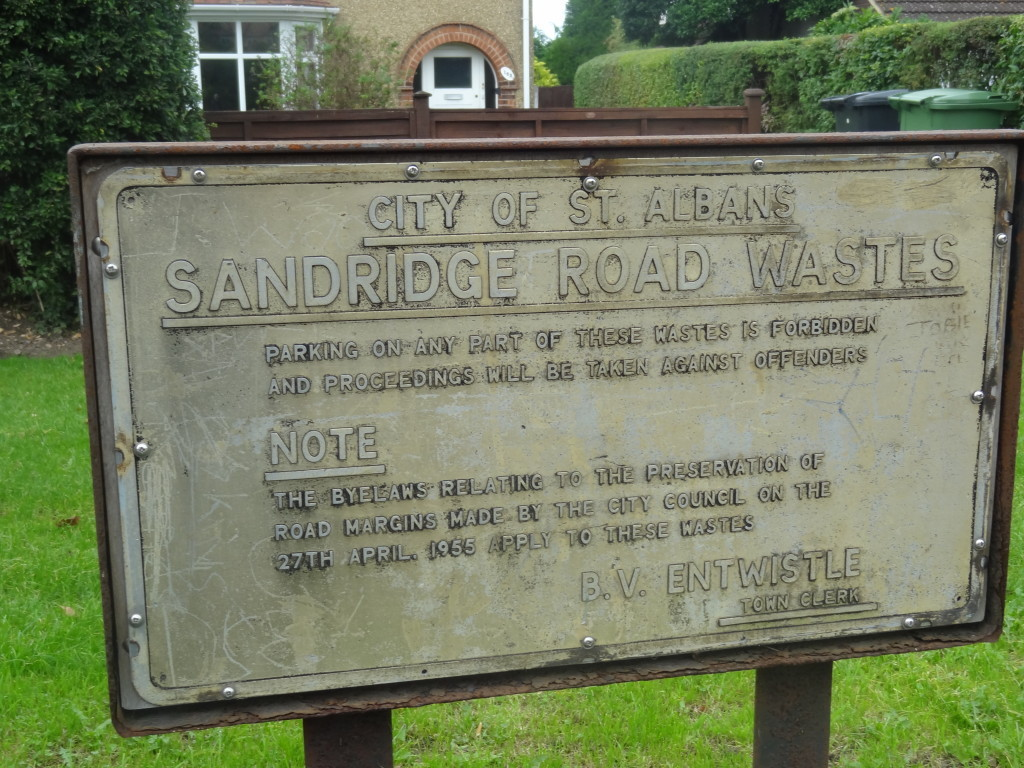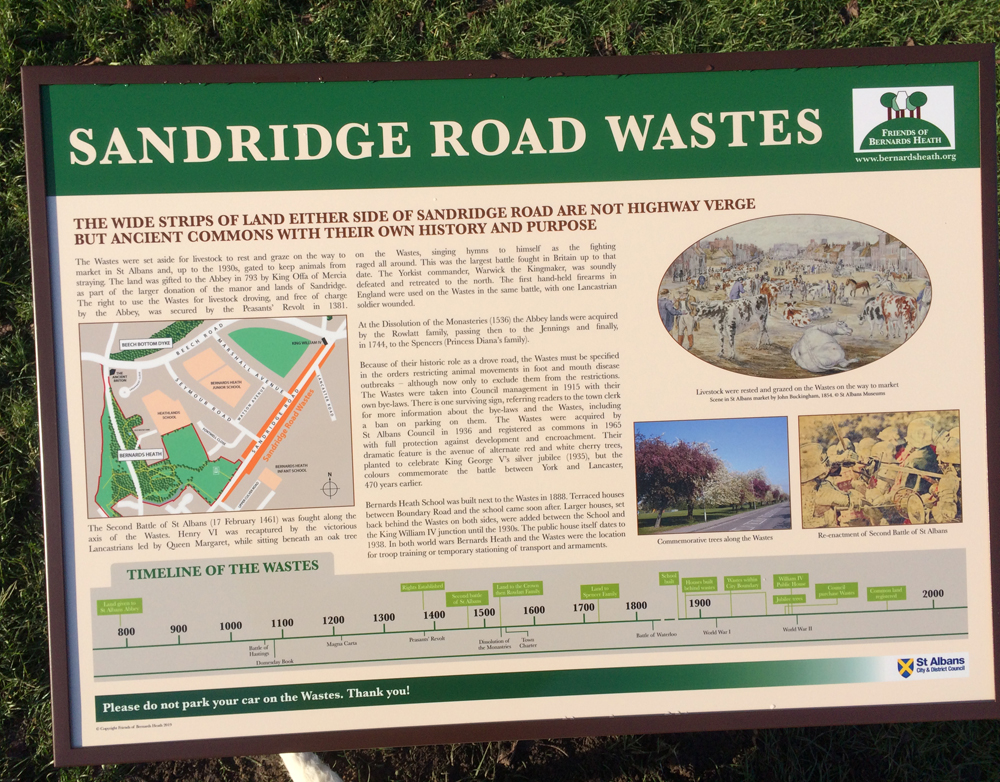
The Sandridge Road Wastes are open spaces on either side of Sandridge Road from the junction with Boundary Road to the junction with Beech Road and Marshalswick Lane. They are historic commons with their own history and byelaws. They are a protected ancient droveway for taking livestock to market in St Albans. They still have to be mentioned in any government regulations (e.g. for Foot & Mouth) on controlling the movement of livestock. The Wastes are as old as the Manor and Parish of Sandridge and were there before the land was gifted to St Albans Abbey in 797. The Abbey claimed to control this right to move livestock over its land. Their first historical reference was in 1381 when one of the rebels’ demand in the Peasants Revolt was to declare this right to be free and uncontrolled in perpetuity. This may be the only surviving achievement of the Revolt anywhere! In 1461 the droveway formed the axis of the fighting in the Second Battle of St Albans (Wars of the Roses). The battle raged up and down it all afternoon on 17 February. Thousands were killed before the Yorkist army under Warwick the Kingmaker was defeated and retreated north through Sandridge. In 1539 the Abbey’s properties were seized by the Crown. The Wastes were bought as part of the Manor of Sandridge by Richard Rowlatt in 1540. They passed to the Jennings and then the Spencer families (and via the Duke of Marlborough). They were protected from enclosure in the late 17th century when the surrounding area was changed from common land for grazing to fenced-off fields for arable farming. Livestock was still being walked to market on the Wastes, where the animals could rest and graze, until well into the 20th century.

The Wastes were in – and managed by – the parish of Sandridge until 1913, when the St Albans City boundary was extended north to where the King William IV pub now stands. The City Corporation set about regularising its new assets, which included byelaws for all its open spaces. Byelaws were enacted in 1915 for the Sandridge Road and Sandpit Lane Wastes and for the commons of Bernards Heath. These byelaws confirmed the Wastes’ status as commons with free access. They banned activities that would prejudice them, including:- fencing off any part of them, putting any structure on them (permanent or temporary) and using them for any form of storage (including parking vehicles). There is one surviving sign commemorating these byelaws carrying the name of “B.V. Entwistle, Town Clerk”. This sign is a nice piece of gender and social history in its own right because “Betty” Entwistle was one of the first women town clerks in the country.

